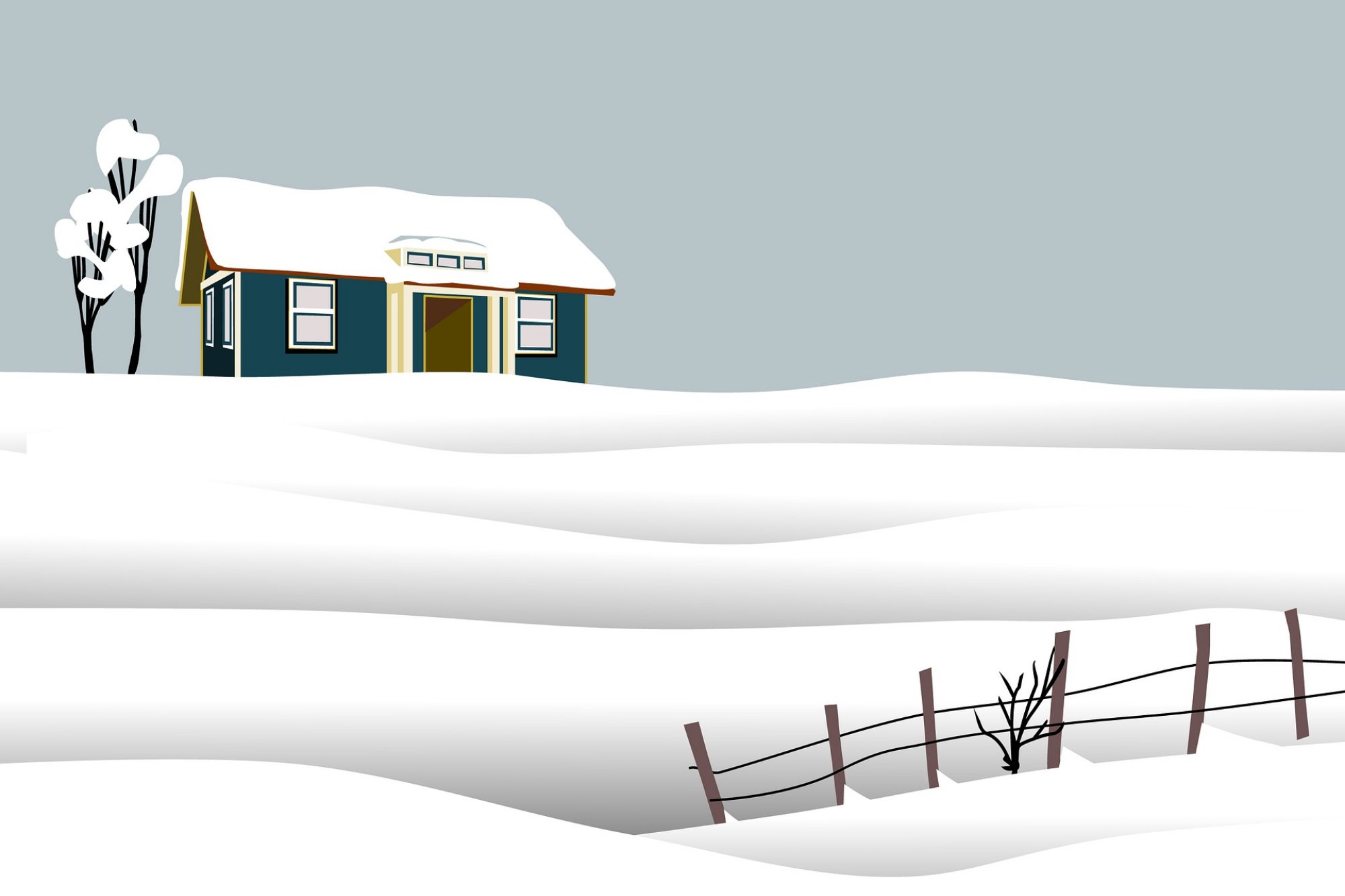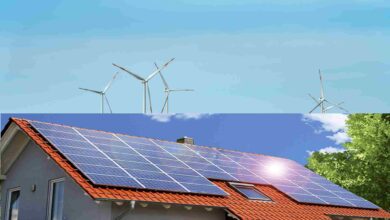Although summer is looking like it’s finally upon us, it’s important to use this time to winterize your home. A few upgrades and seasonal maintenance tasks can help ensure your home stays warm, safe, and energy efficient throughout the winter months. Read on for tips to prepare your home for storms and cold weather.
Inspect the Roof for Damage
Your roof takes a beating from winter storms, so thoroughly inspecting it before cold weather sets in is important preventative maintenance. Look for any damaged, loose, or missing shingles that could lead to costly leaks when snow and rain arrive. Pay close attention to the areas around chimneys, skylights, vent pipes, and other protrusions where flashing may be compromised. Check the underside of overhangs for signs of water damage, too. Make repairs right away to withstand heavy snow loads and freezing temperatures ahead.
Keeping your roof in good shape avoids emergency repairs during harsh weather later on. Storm Season and Your Roof: Preparing for Nature’s Challenges means addressing any issues promptly so your roof is ready for whatever this winter brings. With careful inspection and proactive repairs, you can help ensure your roof remains watertight all season long.
Replace Old and Damaged Siding
One of the best ways to prepare for winter is to check your home’s exterior siding and replace any that is cracked, warped, or otherwise damaged. This is important not just for appearance but for insulating your home from cold winds and preventing moisture intrusion. Look for siding that is cracked, peeling, or pulling away from the house. Also, inspect areas around windows, doors, corners, and the foundation where gaps may have formed. Replacing damaged sections or areas of siding before winter hits helps seal up your home’s exterior.
Inspect and Service the Heating System
Having your furnace inspected and tuned up by an HVAC professional in the fall helps ensure it will operate safely and efficiently through the winter. They will check components, clean parts, confirm proper airflow, and make any necessary repairs. Replace air filters as recommended to keep your system running cleanly. Bleed radiators if you have hot water heat and consider flushing the system for optimal performance.
Seal Air Leaks and Insulate
Stopping air leaks is one of the most effective ways to increase energy efficiency and prevent drafts. Use caulk and weatherstripping around windows and doors. Make sure attic hatches and access doors to unheated areas like garages and basements are properly insulated and sealed. Adding insulation to walls, attics, and crawlspaces that are under-insulated can also provide better climate control and cut heating costs.
Trim Trees and Clean Gutters
Prepare your home’s exterior by cleaning out rain gutters and downspouts so melting snow and ice can drain freely. Use a leaf blower to clear debris from the roof and test downspouts to ensure proper drainage. Trim back overgrown tree branches that could damage the roof, gutters, or siding under heavy snow loads.
Advance preparation is key to keeping your home safe, comfortable, and energy efficient during the winter season. Following these home winterization tips will help you rest easy no matter what weather conditions come your way. With your home ready for winter’s wrath, you can look forward to enjoying the cozy comforts of home during the coldest months.
Please explore our site for more exciting content if you like this article.





